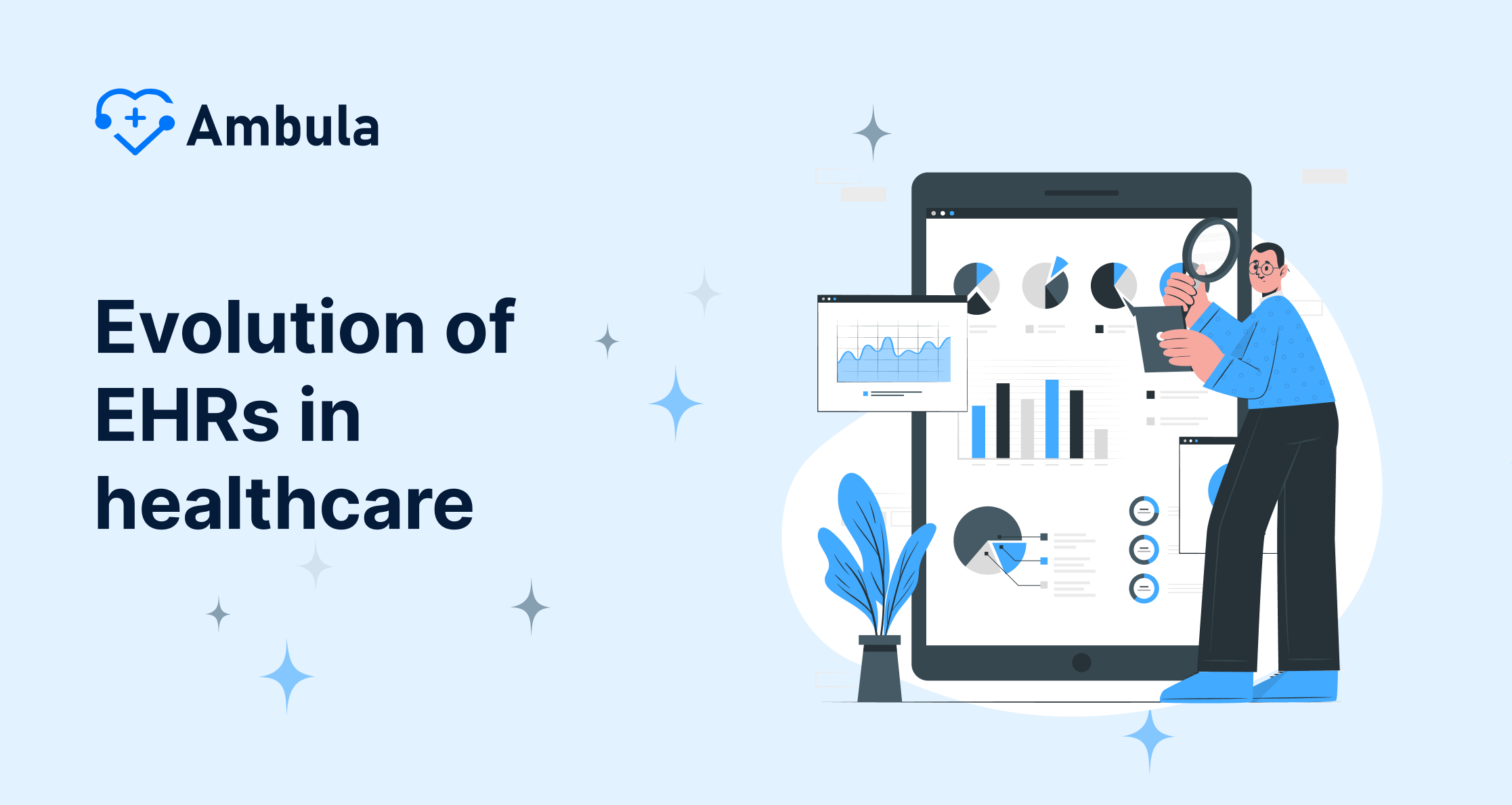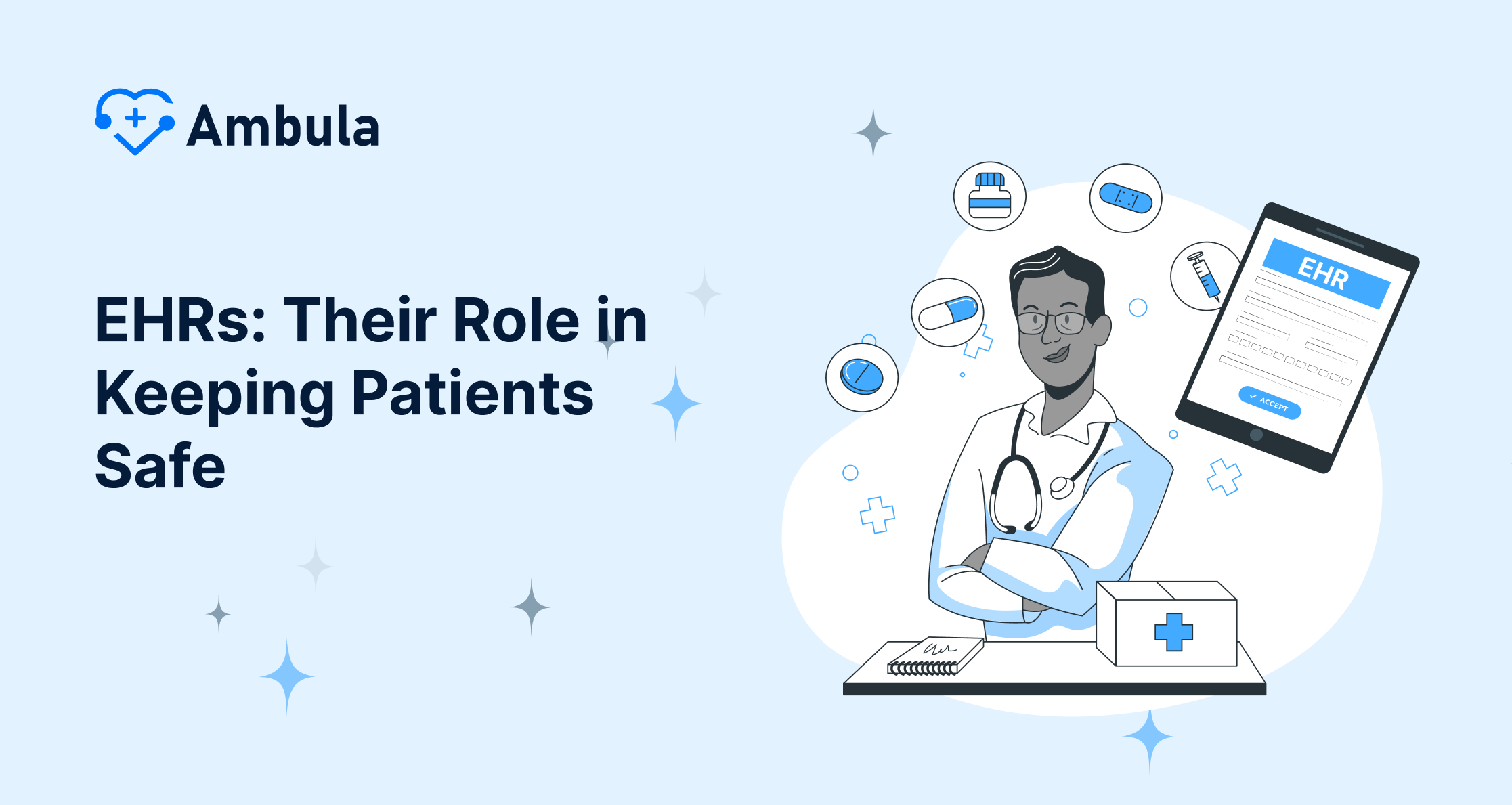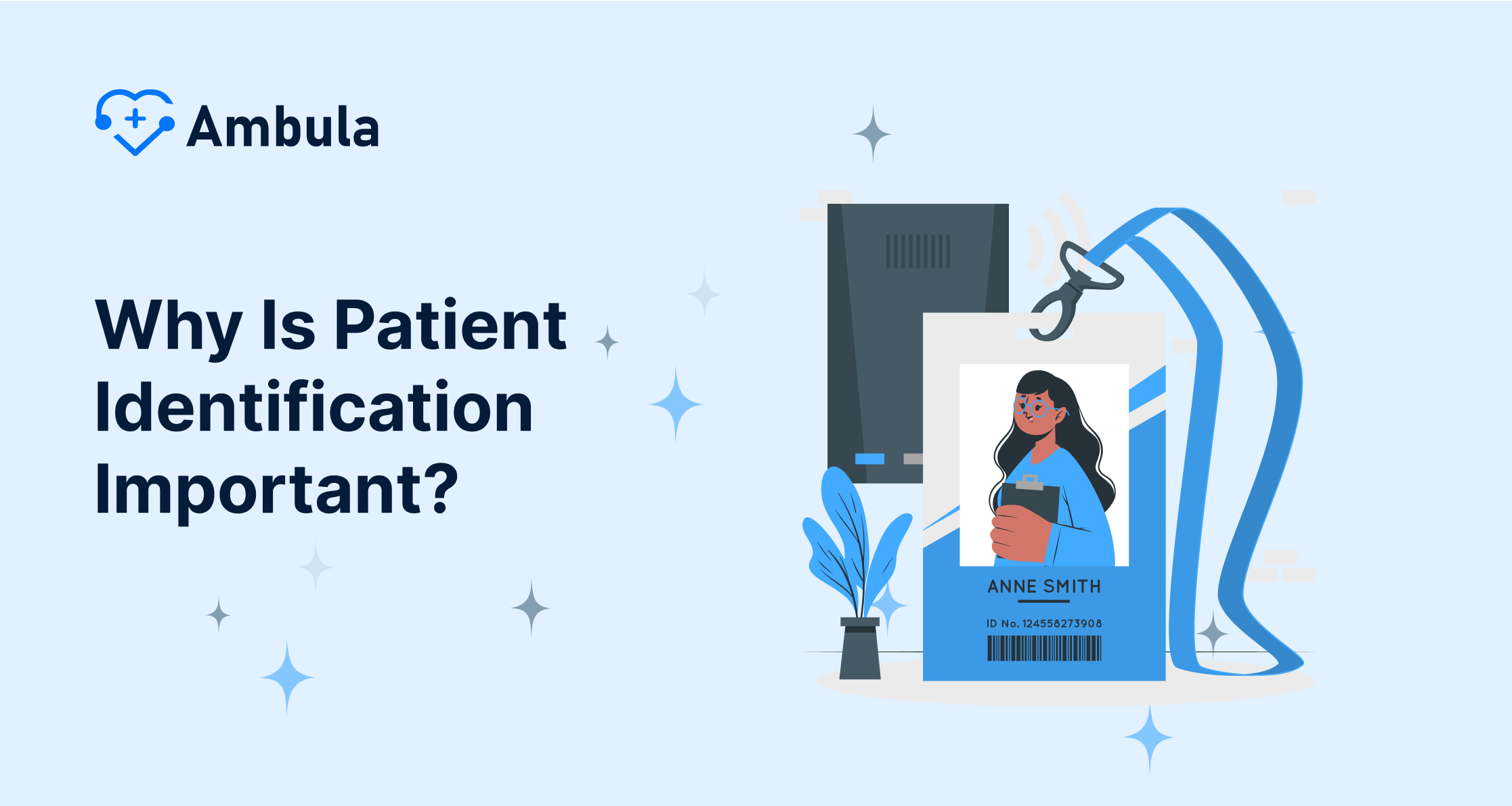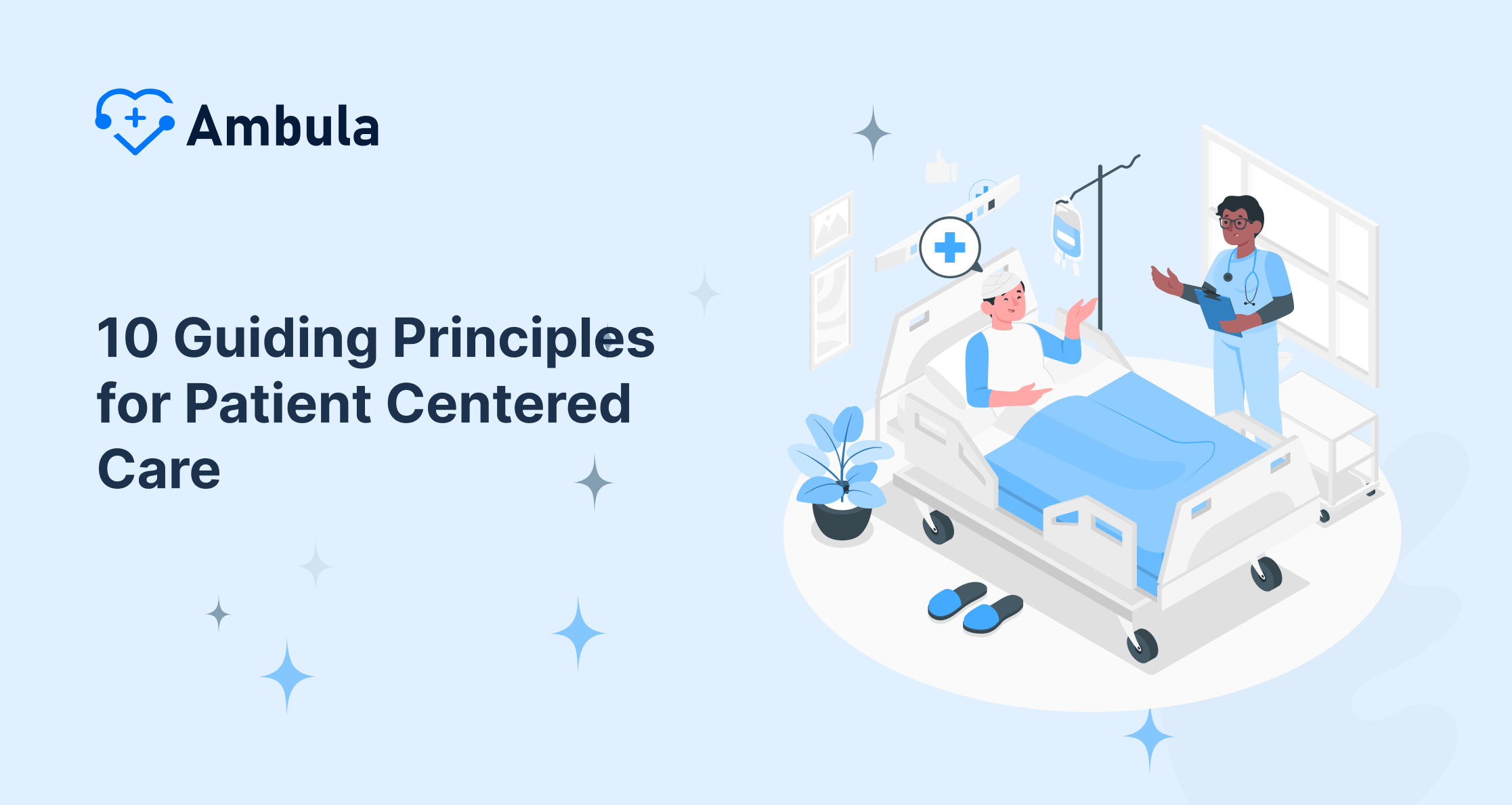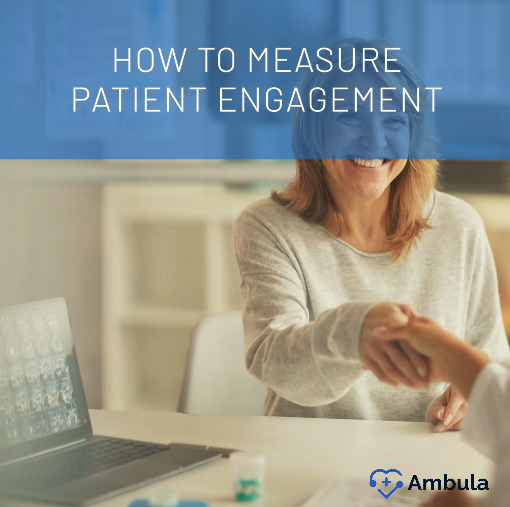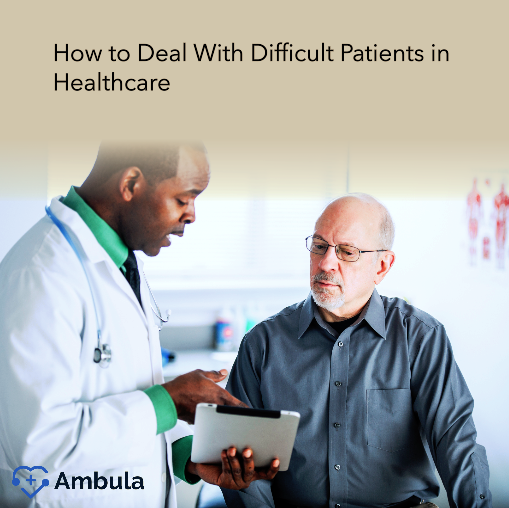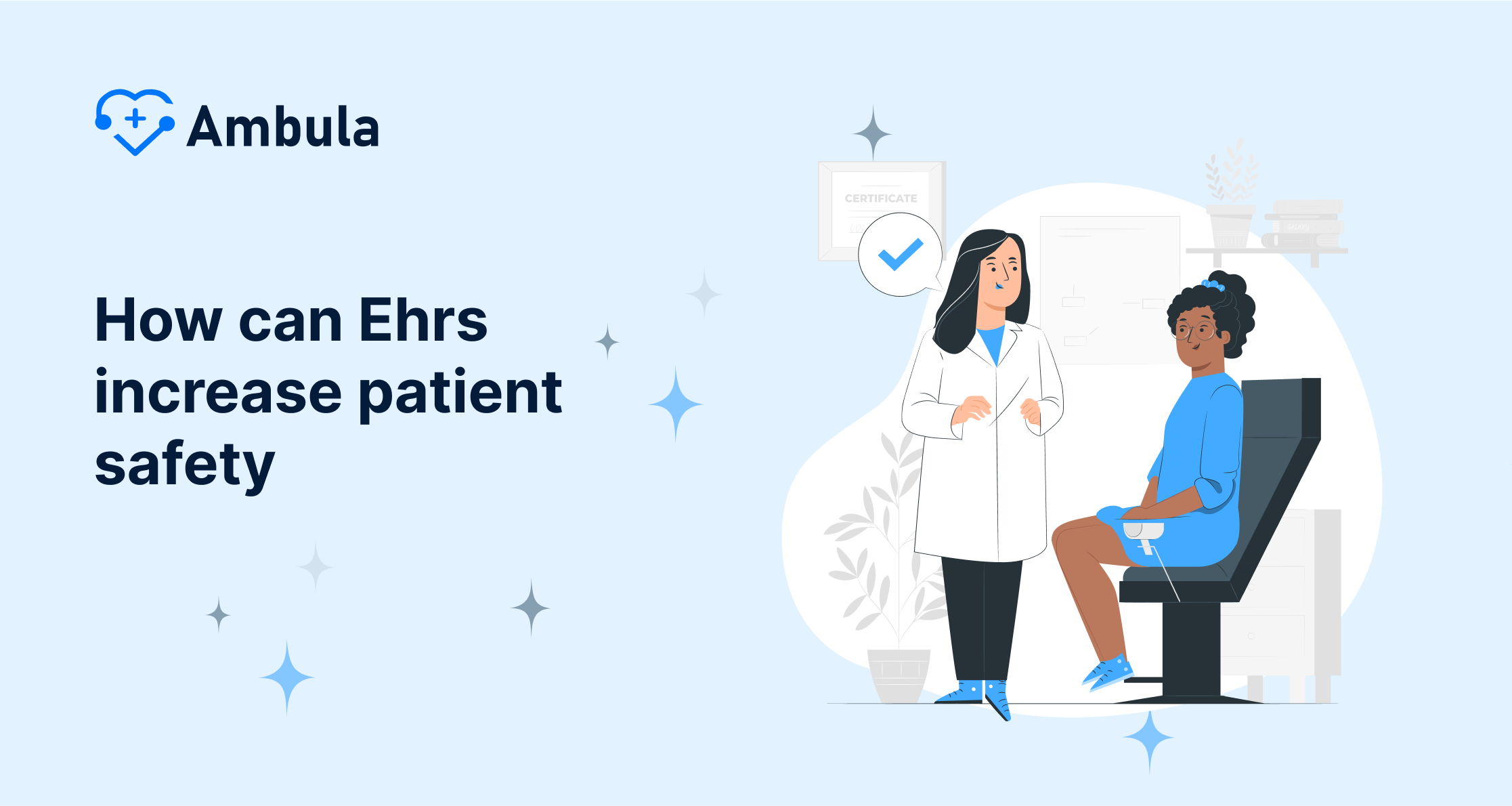
Electronic Health Records (EHRs) are software platforms that healthcare providers and office-based physicians use to securely store, update, and transfer critical patient health data. The Office of the National Coordinator for Health Information Technology spearheaded the adoption of EHRs to minimize human error and improve patient safety. The transition from traditional paper-based record management to electronic data storage has significant implications for patient care.
An EHR system, such as Ambula Health, provides a centralized data repository, reducing the risks of medical errors, misdiagnoses, and data loss. This digital consolidation of medical history, including diagnosis, treatment times, test results, and medication prescribing information, eliminates inconsistent or incomplete information, thereby increasing the integrity of health data. This ultimately results in improved healthcare outcomes.
Here are some real data and statistics on how EHRs can increase patient safety:
- A study published in the journal JAMA Internal Medicine found that hospitals that implemented EHRs had a 17% lower rate of medication errors than hospitals that did not use EHRs.(link)
- Another study published in the journal Health Affairs found that EHRs can reduce the risk of hospital-acquired infections by up to 50%.
- A study by the Agency for Healthcare Research and Quality found that EHRs can reduce the risk of falls by up to 30%.
- The Institute of Medicine estimates that EHRs could prevent up to 280,000 deaths annually in the United States.
Evolution of EHRs in healthcare
The concept of EHRs has evolved significantly since its inception in the 1960s. The Mayo Clinic in Rochester, Minnesota was among the first major health systems to adopt an EHR, moving away from paper-based medical records 3. As technology advanced in the 1980s, EHRs became more affordable and accessible, leading to the development of systems with fields that could be filled in with clinical information.
By the 1990s, computers had entered most medical offices, and their use for record-keeping purposes became more widespread. The Health Information Technology for Economic and Clinical Health (HITECH) Act of 2009 played a crucial role in promoting the adoption of EHRs. The law included incentives and penalties for healthcare providers based on their use of electronic health records by 2015.
Key features of modern EHR systems
Modern EHR systems offer a range of features that enhance healthcare delivery:
- Real-time access to patient data facilitates communication among different healthcare providers for collaborative treatment.
- Support for clinical decision-making, providing patient-specific information and timely reminders.
- E-prescriptions, improving the accuracy and efficiency of the prescription process.
- Appointment reminders help to reduce no-show rates .
- Medication tracking and management.
- Integration with medical billing software, streamlining financial operations.
- Patient portals allow patients to access their health information anytime and anywhere.
- Interoperability enables the sharing of information about patients between authorized providers.
EHRs have transformed healthcare by improving efficiency, enhancing patient care, and streamlining administrative tasks. They have the potential to reduce medical errors, minimize lost or redundant paperwork, and support reimbursement for healthcare providers’ work 2. As health information technology continues to evolve, EHR systems are expected to play an increasingly significant role in shaping the future of healthcare delivery.
EHRs: Their Role in Keeping Patients Safe
Electronic Health Records (EHRs) improve patient safety. They bring many advantages that boost care quality and lower medical mistake chances. The link between EHRs and keeping patients out of harm’s way is complex. It includes better access to patient details improved help for clinical decisions, and fewer drug mistakes.
Better Reaching Patient Details
EHRs give doctors and nurses super-fast ways to peek at a patient’s complete health background, like old health problems bad reactions to meds, allergies, test results, and meds they’re taking. This better reach for facts makes tracking a person’s health details more on point, cuts down on mess-ups, and improves the care they get. Being able to look over someone’s past health stuff before they even walk in the door saves time for the medical folks and helps keep them from making oopsies. Plus, EHRs are awesome at making things like summary charts, health notes, and letters for talking to other doctors, which means everyone on the team can read and understand the patient’s info super .
Making better choices in clinics
EHRs often include Clinical Decision Support Systems (CDSS) that use patient details, guidelines based on solid evidence, and top-notch methods to help healthcare pros make smarter choices. These setups offer suggestions that fit the patient’s specific situation, making clinic routines efficient and providing supporting choices rooted in evidence. CDSS has an influence on better patient results by sending out warnings and reminders about possible drug conflicts, allergies, or things not to mix, making things safer for patients. Take this one example where blood pressure levels dropped in folks with high blood pressure who got check-ups and advice on risky booze habits through an EMR thingy.
Less goof-ups with meds
Electronic Health Records (EHRs) show great potential to cut down on medication mistakes that can hurt or even kill people. Systems called Computerized Provider Order Entry (CPOE), which work together with EHRs, have drug safety programs. These include checks for the right dosing, not giving the same treatment twice, and making sure drugs don’t mix. They send out warnings to stop bad reactions from drugs and make taking medicine safer in general. Also, systems like electronic drug dispensing (EDDS) and bar-code scanners at the point of care (BPOC) for giving out medicine can make a solid system. In this system, everything about how medicine is given out is done by computer and linked up, which means less chance of goof-ups.
Enhancing the way we get to patient details giving better support for clinical decisions, and making fewer mistakes with meds, EHRs are super important for keeping patients safe and making healthcare way better.
Rolling Out EHRs to Keep Patients Super Safe
The Best Moves for Rolling Out an EHR
So, you’re thinking about putting in an Electronic Health Record (EHR) system, right? You gotta plan it out well to make sure patients stay safe. First off, you need to take a good look at how things are done right now and figure out what you want from the EHR. This part eats up about one to three months and you gotta think about the gear you’ll need and pick out some ace users to teach the ropes.
You gotta put together a solid plan to roll out the new system, and this means teaching your team figuring out when to hit the start button, and setting deadlines for everyone to get on board. From kicking things off to getting everyone using it right, the whole shebang can take from half a year to just shy of eight months. You’ve got to chew over if you wanna do the whole shebang in one go, like a “big bang,” or take it slow and steady with a step-by-step launch.
Training the Crew and Getting Them Used to the New Stuff
Okay so teaching the crew the ropes on this electronic health record (EHR) thing is super important to nail it. You need a training game plan that gets that some folks are tech wizards and others, well, not so much. Make the learning stuff match the job—like nurses and the medical assistant squad should get good at keeping track of patient info, while the front desk gang should get the hang of fixing up meetings and sorting out the cash flow.
Practice in a simulated setting gives the team a chance to punch in info without messing up real patient files. Also, learning the ropes while working and with someone watching makes them get how to use the system day-to-day. Loads of EHR systems, like “Amazing Charts,” have their own guides and exercises built right in – it’s a smart move to make sure the crew goes through them.
Winning against typical tough stuff
Getting a new EHR system off the ground comes with a bunch of hurdles, including changes in how work flows how much gets done, and how happy the team is. Groups need to gear up for a bit of a slump in how much the clinic gets done at first and be clear with everyone about this expected dip. Also, it’s key to remember that switching to a new EHR can make doctors and nurses feel more fried.
To beat these tough spots, make it so teams build a support network with savvy colleagues or outside pros who give help nonstop. Let’s have regular meet-ups where you can chat about hurdles, swap advice, and pick up thoughts on how to use EHRs better. Plus, getting everyone on board with asking curveball questions and teaming up to learn can make everything go way smoother.
Conclusion
EHRs are changing the game in keeping patients safe kicking off a fresh chapter in how we manage healthcare. They make sure doctors talk better, give a hand in smart choices, and are key in dodging prescription slip-ups. Getting EHRs in place is a massive leap toward making health services safer and more on the ball, and it’s super likely to crank up the good results for patients.
Maximizing

